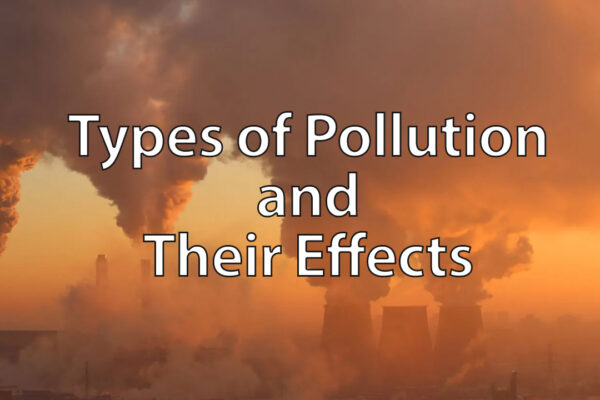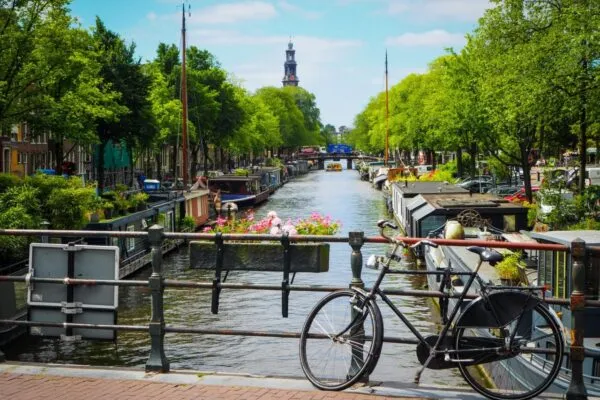Nepal’s Schools Shut after Air Pollution Increases at Alarming Levels
Winter inversion, wildfires, pollution from vehicles and cross border industrial pollution is choking Kathmandu valley with the worst air quality in the world, triggering respiratory complications for COVID-19 patients. Last month, the Air Quality Index (AQI) in Kathmandu crossed 500 – recorded to measurements at Phora Darbar’s US Embassy measuring station.
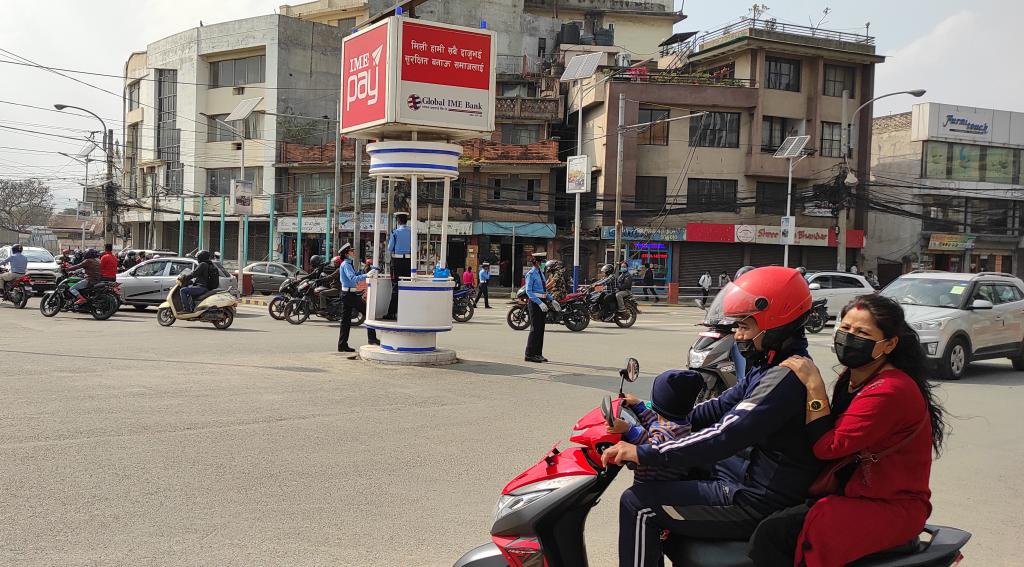
Kathmandu orders schools to close after air pollution spiked at alarming rate | Image: Down to Earth
The geographical location of Kathmandu valley exacerbates all four causes of air pollution – solid waste, transport, industry and household energy sectors. Because of the tall mountains, the valley does not get enough wind to disperse the air pollutants. With a population of 30 million people, Nepal lies sandwiched between the two of the world’s biggest polluters, India and China. Unfortunately, contaminants from both countries flow in Nepal and vice-versa.
Air pollution is having a hazardous effect on the Nepalese people since it’s estimated that around 35,000 people die in Nepal every year from an illness relating to air contamination. Obviously, the life expectancy in Kathmandu is relatively low – four years lesser than in other regions of Nepal.
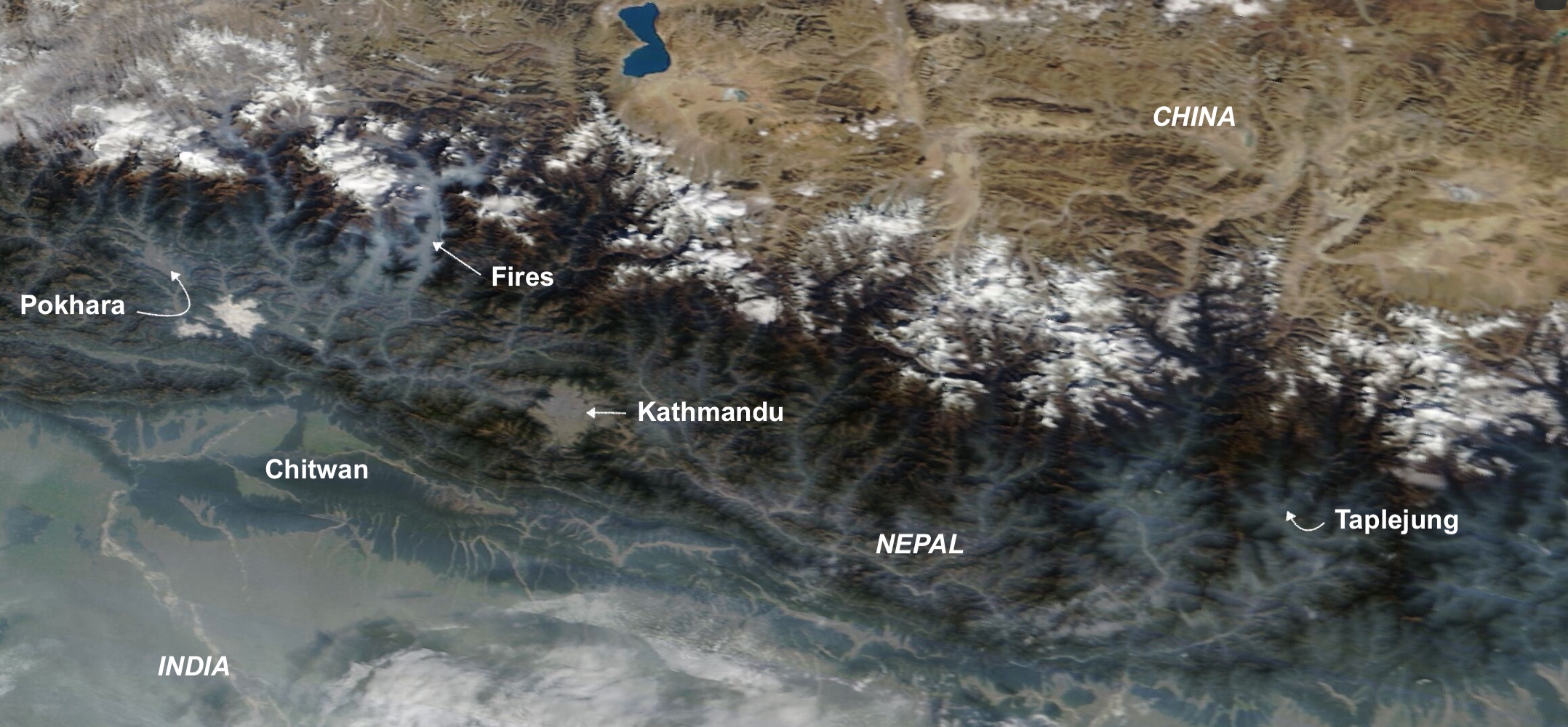
NASA Worldwide satellite image of Nepal on 3 January | Image: NASA
To address the air pollution in Kathmandu Valley, the Nepalese government released a National Plan for Electricity Mobility (NPEM) that consists of time-oriented goals. The objective is to increase the share of electric vehicles to 20% by 2020, reducing the fossil fuels use in transport by 50% by 2020 and the hydroelectric powered rail network by 2040.
Due to the Covid-19 pandemic, automobile use significantly dropped in Nepal. The AQI in April 2020 showed improvement compared to 2019 – air contained 50% fewer air pollutants in 2020 than the year prior to it. Later last year, Cabinet decision in Nepal adopted the Department of Environment’s guidelines for air pollution, making them declare a health emergency if the AQI crosses 300. However, the government crisis after Prime Minister K P Oli dissolved the Lower House (calling for snap polls) has distracted the authorities from paying attention to Covid-19 and air pollution.
The air quality of Kathmandu in Nepal has hit hazardous levels again on March 27, 2021. The AQI level reached 421, as recorded in the Real-Time Air Quality Index monitoring device. Nepal has announced the closure of schools for four days after the air pollution reached hazardous levels, with millions of students forced to stay at home in the country.
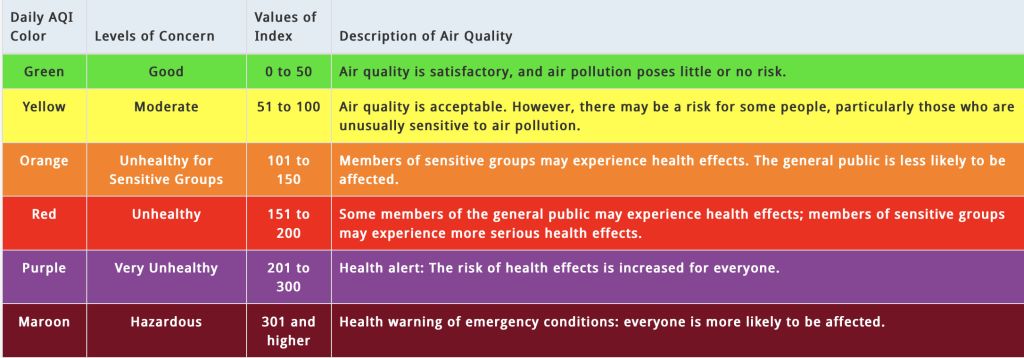
Two days later, the ministry of education announced the shutdown of education institutions across the country for five days from March 30. This announcement was followed by a health emergency, declared by the environment department, advising the senior citizens and children to stay at home till the conditions improve. The municipality of Kathmandu, Tarkeshwar, has also banned using heavy construction equipment to reduce pollution.
Also Read: Mount Everest Visible From Kathmandu Valley During Lockdown
According to Ngamindra Dahal, a climate scientist, the reason behind the alarming rise of air pollution in Kathamndu is attributed to drought in the absence of wind that has accumulated smog. The other reason is the raging forest fires, burning across the country. Nearly 2,713 forest fires are reported since March 30. An unusual and dry winter aided the spread of forest fire. The local air pollution also contributed to the alarming air pollution, along with westerly winds that brought dust and pollutants from South and South-West India.
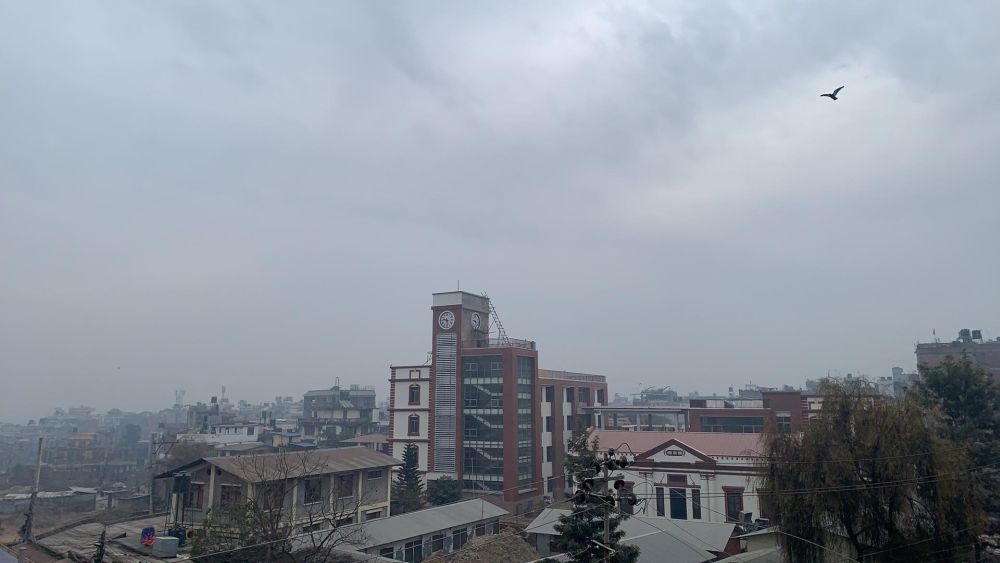
Air quality in the capital has deteriorated recently, as musky haze hangs over the ancient city | Image: Nepali times
Dahal says that these problems should be viewed as reoccurring events, as it’ll happen every two-three years. But heavy rainfall will not happen if the systems are inactive. Also, winters should have ended in February, and pre-monsoon season by March, which is not the case this year.
This problem calls for a long term strategy. If no efforts are undertaken this problem needs to be considered as a new normal till the valley receives good rainfall. As of April 1, the air pollution levels have reduced due to good rainfall in hilly areas of Kathamndu Valley on the evening of March 31.
Via: Down to Earth
